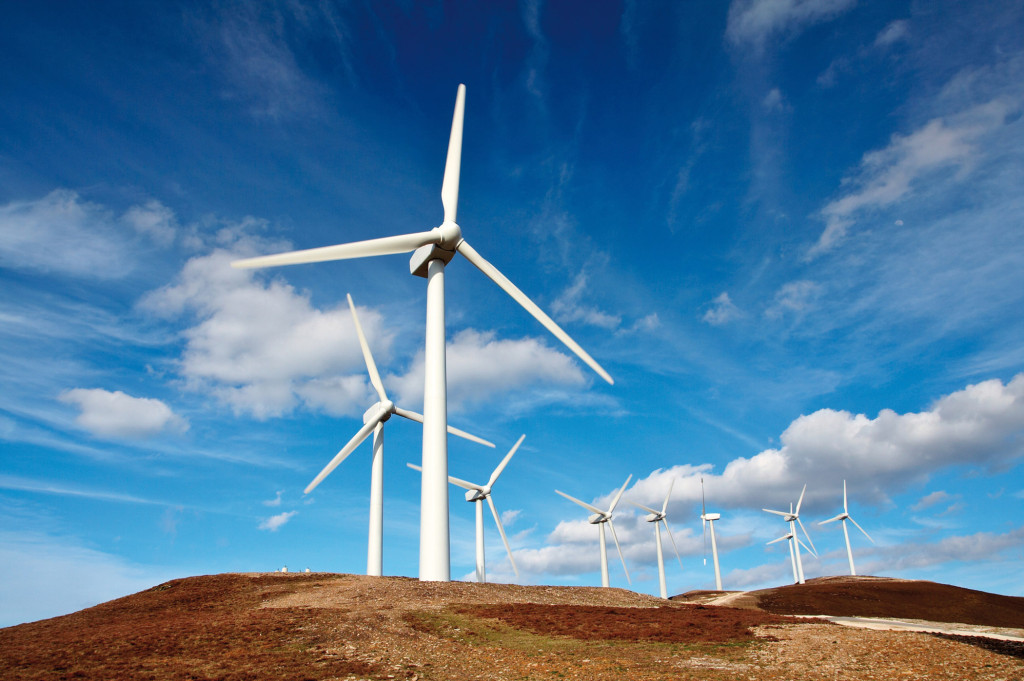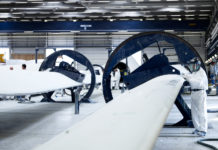The renewable energy sector has been under intense pressure over the last decade from national trade bodies, imposed UK energy targets and EU regulations. In fact, in 2010, renewable power constituted about a third of all newly built power generation capacity. Here, Steve Hughes, managing director of REO UK, explains how the testing of electrical equipment used in the renewable sector should best be conducted.

Worldwide renewable energy capacity has grown at between 10–60% per year since 2004, with some individual technologies growing much faster than others. Grid-connected PV (Photovoltaic) for instance has increased at the fastest rate of all renewable technologies, with a 60% annual average growth rate.
The renewable energy sector is reliant upon converting DC voltage into usable AC voltage. This is normally achieved through the use of a power inverter which converts direct current (DC) to alternating current (AC). The best way to make sure inverters perform at their peak is to test them using a high power variable DC supply. The input voltage, output voltage, and frequency are dependent on design.
Manufacturing abroad
Although it may sound like a routine activity, it is important to thoroughly test the power conversion equipment used. With the majority of switch, relay and circuit breaker manufacturing now being conducted in Asian markets, where different standards apply, there is an even greater need to ensure that the equipment be validated when brought to the UK.
A direct consequence of manufacturing moving to different countries is that validation can sometimes be lost in translation. Because Chinese manufactured electrical products are used in North America and Europe, they need to comply with home market regulations. It is crucial, for example, that inverters comply with, and perform up to, European Union and US standards, including UL (Underwriters Laboratories in the USA) and CSA (Canadian Standards Authority).
In addition to responding to these legal requirements, there has also been an increase in demand for these components. This means that, in order to maintain the supply chain, the integrity of individual components must also be maintained.
If for instance a fake circuit breaker is integrated, it poses a serious safety threat in overload conditions. Designers would normally integrate the unit upstream or downstream in accordance with known characteristics. If it doesn’t do what it says on the tin, then it will not react as it should and that implies danger to the user and the entire system.
Testing and validation
In order to avoid such costly and potentially dangerous mistakes, REO can provide the necessary equipment to test relays, switches, cables and high current, high voltage AC and DC equipment. The company also offers conventional load systems and regenerative load systems which help recover the current otherwise lost while testing the application.
For example, if you have a converter for a wind turbine which needs extensive testing then the extra energy resulting from the process has to be disposed of. This is normally achieved by dumping that extra energy into a load bank. Ideally, that extra power could be sent back to the grid. This would not only benefit the environment but also help reduce the financial burden associated with the cost of electricity used during the testing process to 10% of its original total.
Testing should always be conducted in a safe and controlled manner. The best way to achieve that is by slowly increasing the voltages and monitoring the safety features of the products. It is essential to observe and evaluate their response during voltage changes.
Companies embarking on the testing process should always look for a broad range of products and comprehensive knowledge of the applications from their testing partners. However, it is important that testing is factored in at the beginning of the design process. This ensures that you get the most economical and safe levels, as required for your particular application.
Stepping up to the challenges
Standard levels of safety may be acceptable for most systems, but for those that use higher voltages, systems may be designed which integrate air circuit breakers. These require an external high pressure air source, but ensure that units are safely powered down and perform a ‘crow-bar’ safety function by shorting out the output to ensure that no residual voltage remains.
Being responsible about the energy usage associated with your system should also be high on the agenda of conscientious businesses. At REO we’ve delivered high power water-cooled load banks for one of the world’s largest suppliers of engineering equipment. Their objective was to re-use the water in the factory’s heating system, in line with their environmental policy.
It was much more efficient to reduce waste by dumping the used water from the water cooled resistors into the radiator system, than dispose of it in any other way. The need to externally heat water for the building was vastly reduced, which send savings straight to the bottom line. The client thus managed to dissipate 300 KW of energy in a safe, compliant and eco-friendly manner, which also saved them money on heating bills!
With the renewables industry expected to surpass gas production in the global power mix by 2016, expect an increased demand for testing, validation and compliance. Companies will be under increased pressure to qualify and guarantee the safety of their systems. Choosing a supplier with years of experience and broad knowledge can help overcome these challenges and offer effective and eco-friendly solutions, in a single package.



